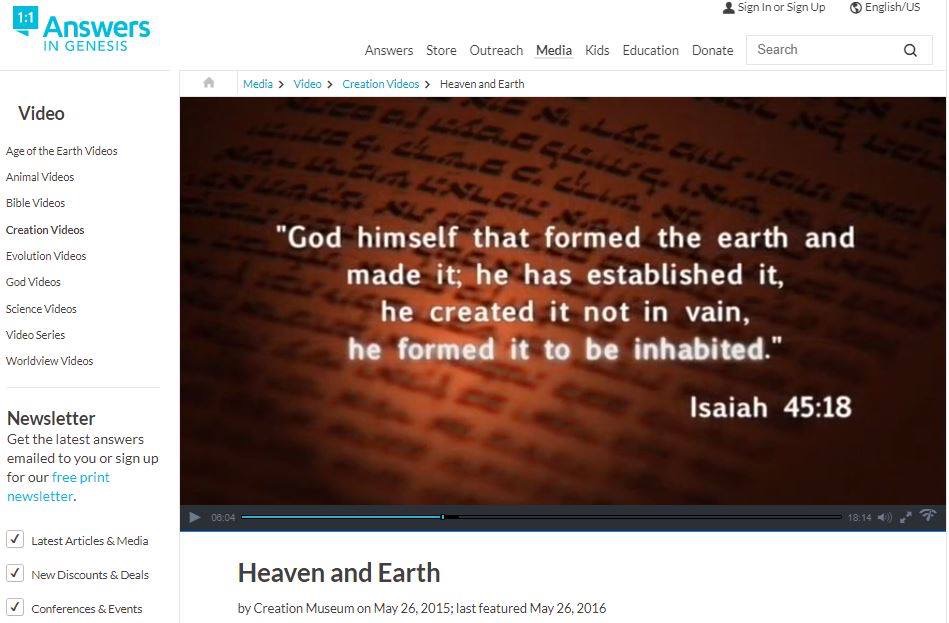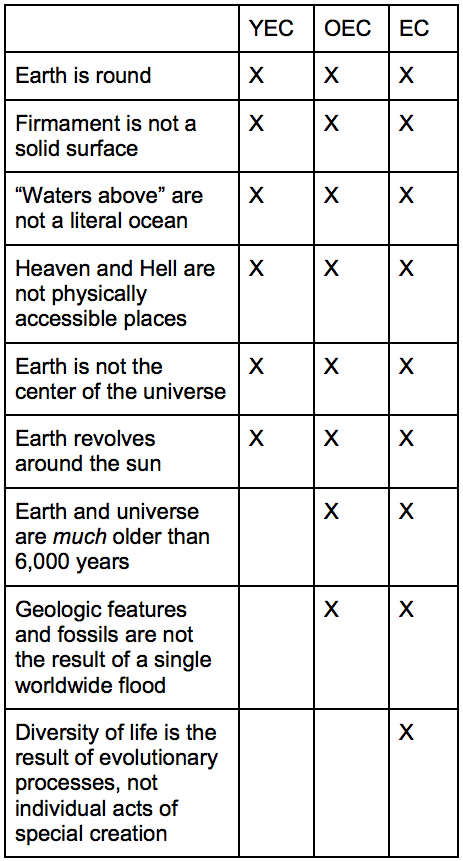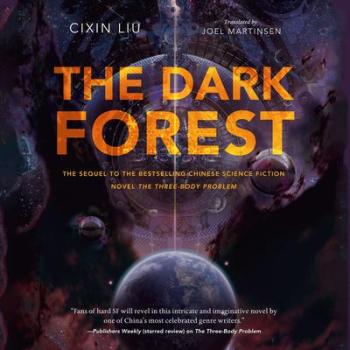I have been meaning to blog about this topic ever since Hemant Mehta pointed out that there were young-earth creationists who were mocking flat-earthers for taking the Bible too literally. That hypocrisy continues, as Answers in Genesis just recently posted an article which says the following:
Detractors of the Bible might point to passages like Isaiah 11:12, Revelation 7:1, and Revelation 20:8 to claim that the Bible teaches a flat earth. But the phrase, “the four corners of the earth,” must be interpreted within its context, and figurative language must be recognized. When the historical-grammatical approachis followed, “the four corners of the earth” is identified as a figure of speech describing the whole word using the cardinal directions (such as on a compass) from north and south to east and west. The passages are all within prophetic books, which are known for using poetic language.
Interpreting the Bible literally doesn’t mean ignoring figurative language of which the Bible is rich (e.g., 1 Samuel 2:8 and Psalm 75:3 poetically describe the earth as sitting on pillars that God founded). After all, if someone says the sun has set, we don’t accuse him of not understanding that it is the earth that is spinning around the sun.
It is not “detractors from the Bible” but honest readers who acknowledge that there is pre-scientific language in the Bible, which its authors and earliest readers would have assumed to be literally factual descriptions of the cosmos. Answers in Genesis turns people who read the Bible honestly into “detractors” by forcing one to choose between honesty and contextual reading on the one hand, and their definition of Christian faith and fidelity to the Bible on the other. As Karl Giberson writes,
In convincing people that Noah’s Flood was a historical event, Ham has done a great disservice to Christianity and thinking people in general. To preserve the historicity of Noah’s story, almost all of contemporary science, biblical scholarship, and ancient history must be wrong.
Randal Rauser reviewed Robin Parry’s book on biblical cosmology and wrestled there with these issues as well. Here’s an excerpt:
Needless to say, the proper response is not to become more fundamentalist than the fundamentalists: a return to the three-tiered universe is not possible for those of us who are familiar with modern science. But then what is the alternative? How should we interpret this bizarre biblical world?
Brad Kramer reviewed Kyle Greenwood’s book on the same subject.
Ben Stanhope has a knack for spotting when young-earth creationists are betraying their superficial acquaintance with and commitment to the Bible, whether in subtle or in blatantly obvious ways. This falls into the latter category, doesn’t it? (Look at the background.)

I came across this quote a while back and have been meaning to share it:
When one carefully examines the argument, one discovers that the biblical view of creation is not being pitted against evolutionary theories, as is supposed. Rather, evolutionary theories are being juxtaposed with literalist theories of biblical interpretation. Even if evolution is only a scientific theory of interpretation posing as scientific fact, as the creationists argue, creationism is only a religious theory of biblical interpretation posing as biblical fact. And to add to the problem, it is a religious theory of biblical interpretation which is heavily influenced by modern scientific, historical and technological concerns. It is, therefore, essentially modernistic, even though attempting, and claiming, to be truly conservative.
A genuine conservatism would, above all, seek to conserve the original conception and concern of the biblical materials-not measure and test it by contemporary canons.
Conrad Hyers (then Professor and Chairman of the Department of Religion, Gustavus Adolphus College) in an article titled “On Interpreting and Misinterpreting the Creation Texts” in JASA 36 (September 1984): 142-148.
I had also been meaning to share this thought:
It is ironic that anti-science creationists want to focus on DNA as information in an effort to argue against evolution. The information in DNA is the strongest evidence for evolution! If you believe that DNA bears information, then you really must accept what that information communicates to us. And conversely, if you are unwilling to accept what the information tells us, then you are undermining your own case that the information in DNA means this or that.
See also Dennis Venema’s piece on the BioLogos website about information, DNA, and intelligent design, as well as Murillo Pagnota’s piece on the use and abuse of information in biology.
Joel Edmund Anderson blogs regularly about Ken Ham and his pseudo-museums, while Jim Kidder blogged about Anderson’s book, The Heresy of Ham: What Every Evangelical Needs to Know About the Creation-Evolution Controversy. Jim also blogged about what young-earth creationists say about evidence concerning ancient native American populations, and the awarding of an honorary doctorate to Ken Ham. See also the interview about the book on the Creation Museum by Susan and Bill Trollinger, Righting America at the Creation Museum.
Libby Ann, another Patheos blogger, highlighted the ironic willingness of young-earth creationists to accept super-rapid evolution in order to bolster their overall antievolution stance.
A while back, this chart circulated. It compares the amount of extrabiblical scientific information contradicting the cosmological language used in the Bible and the assumptions of its authors:

Students in last year’s Bible and music class drew this song to my attention, which is intriguing in its combination of certain extrabiblical ideas (God having fun in creating, for instance) with elements of the ancient biblical cosmology that tend to be ignored or denied in the modern era (God placing the solid sky upon the peaks of the mountains):

















